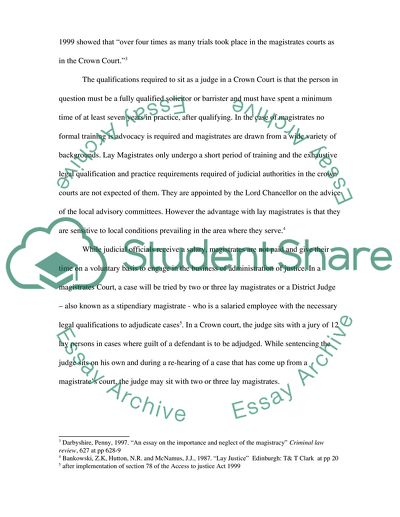Cite this document
(“The Crown Court Essay Example | Topics and Well Written Essays - 1500 words”, n.d.)
The Crown Court Essay Example | Topics and Well Written Essays - 1500 words. Retrieved from https://studentshare.org/law/1538849-criminologycrown-court-essay
The Crown Court Essay Example | Topics and Well Written Essays - 1500 words. Retrieved from https://studentshare.org/law/1538849-criminologycrown-court-essay
(The Crown Court Essay Example | Topics and Well Written Essays - 1500 Words)
The Crown Court Essay Example | Topics and Well Written Essays - 1500 Words. https://studentshare.org/law/1538849-criminologycrown-court-essay.
The Crown Court Essay Example | Topics and Well Written Essays - 1500 Words. https://studentshare.org/law/1538849-criminologycrown-court-essay.
“The Crown Court Essay Example | Topics and Well Written Essays - 1500 Words”, n.d. https://studentshare.org/law/1538849-criminologycrown-court-essay.


